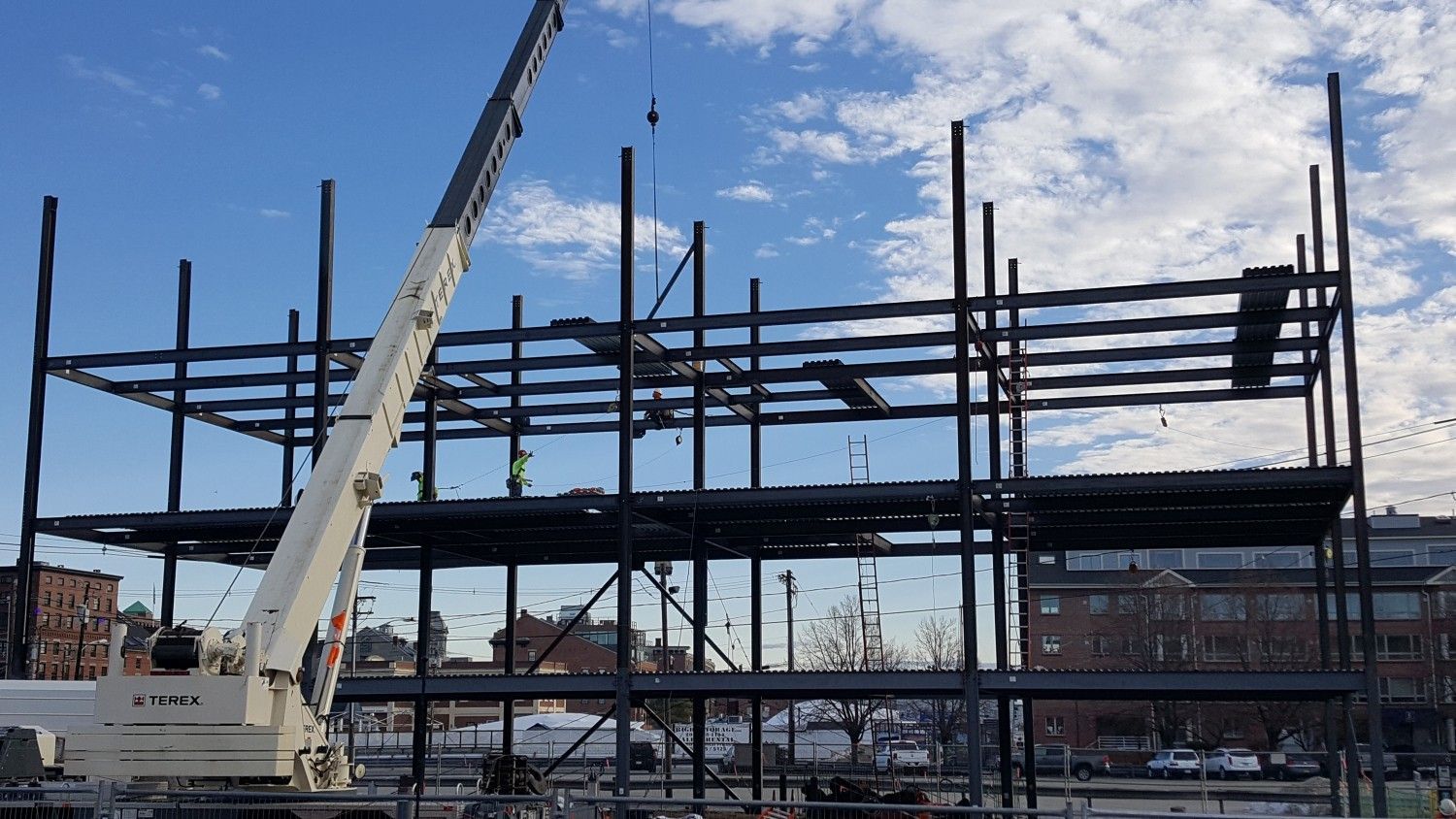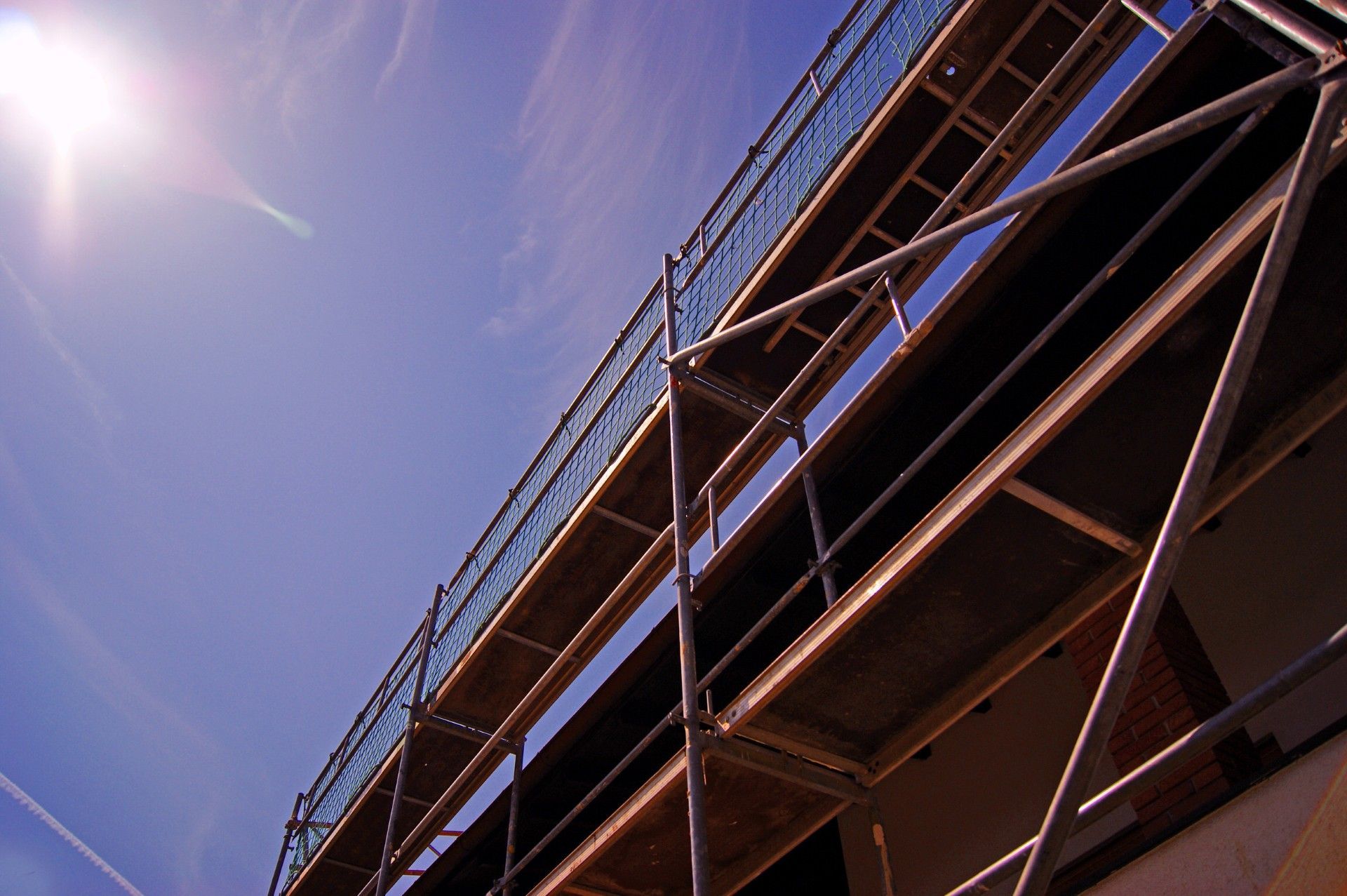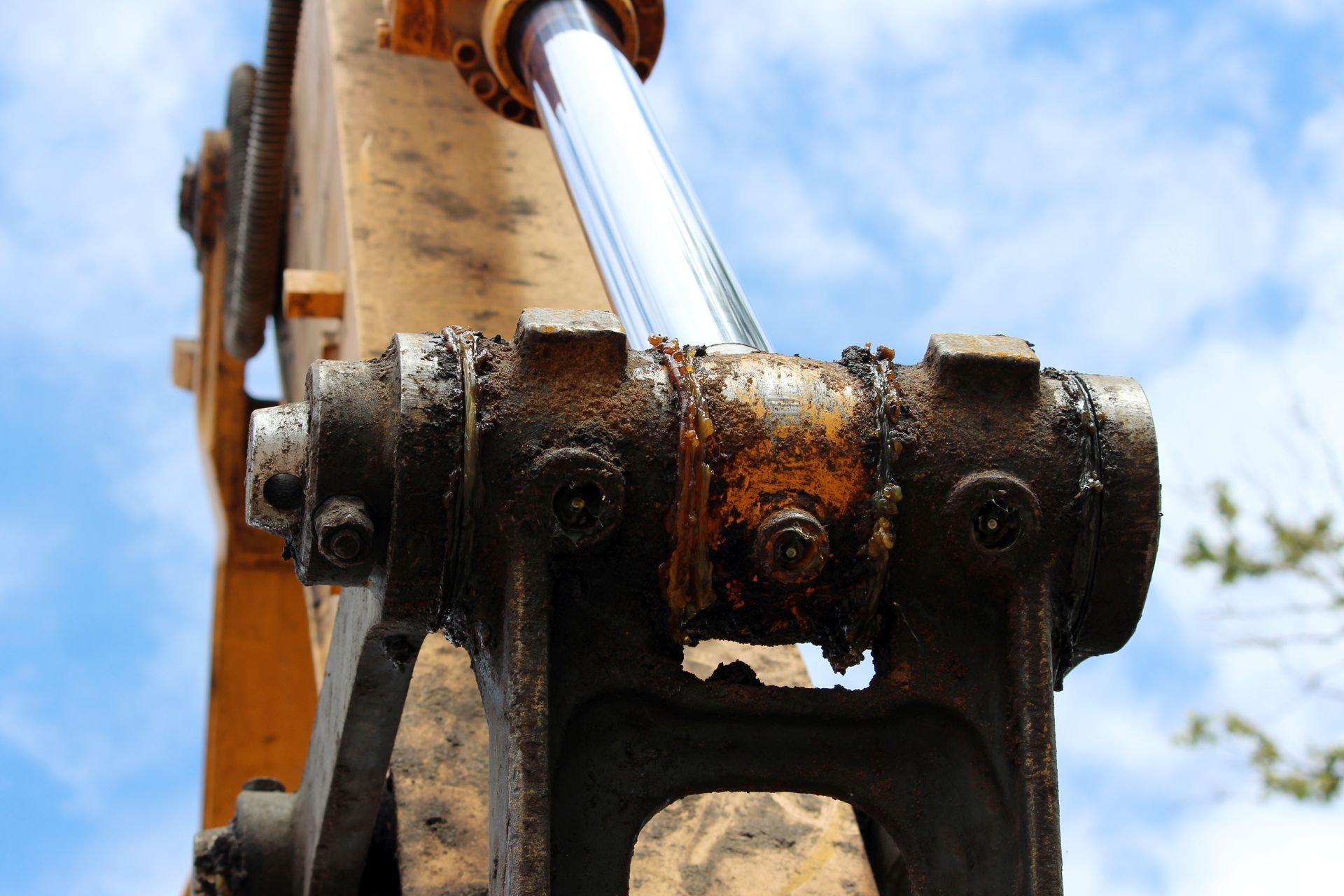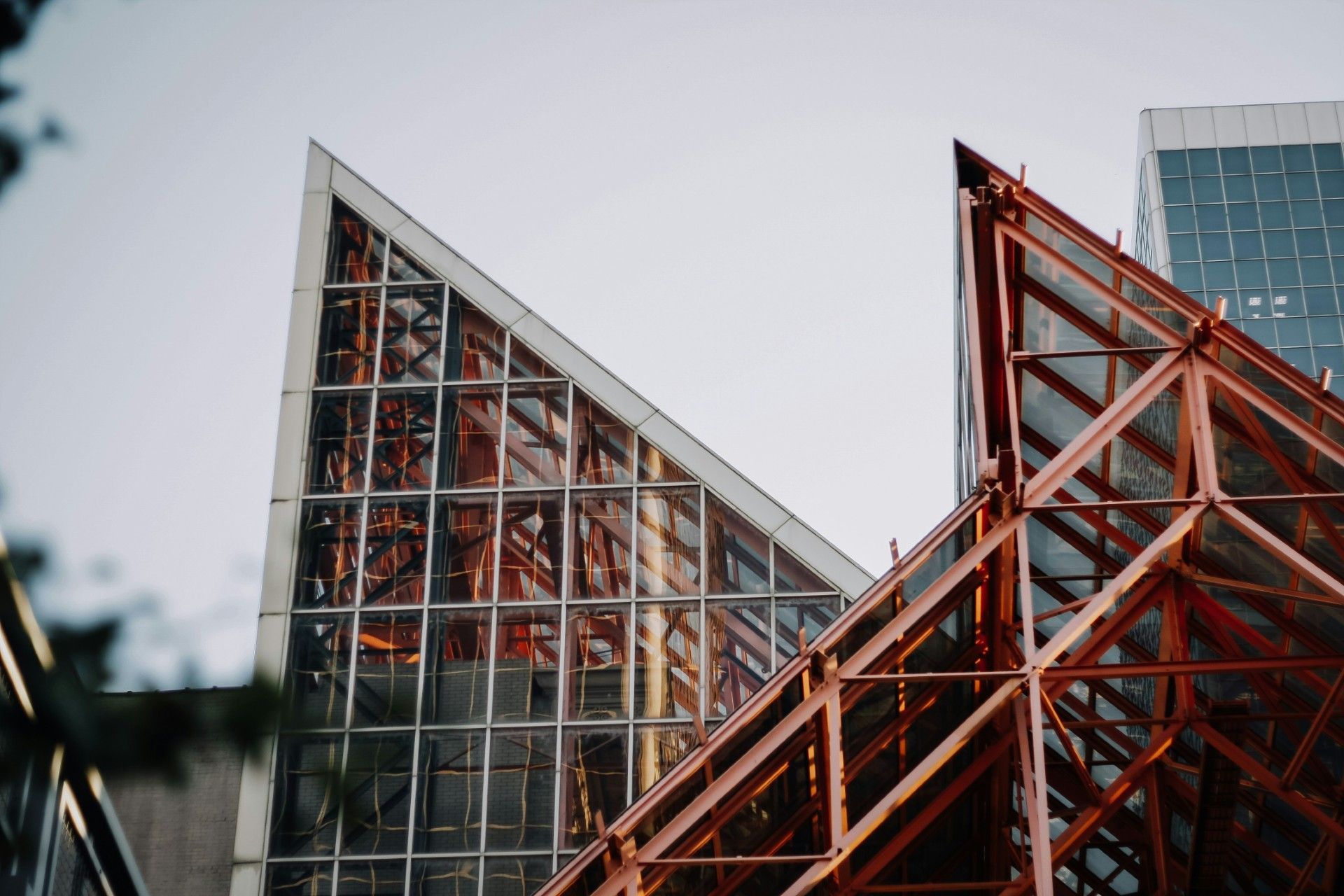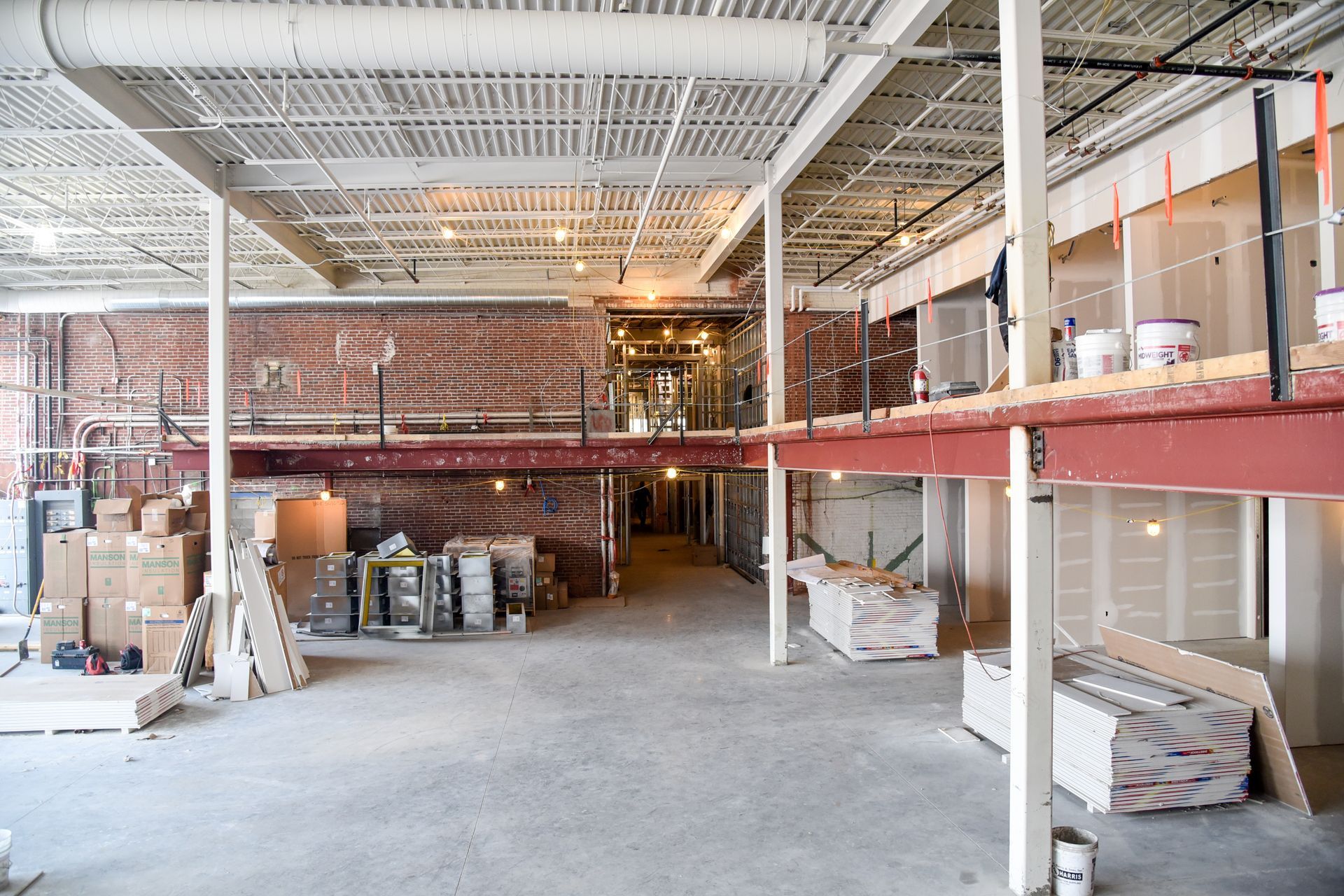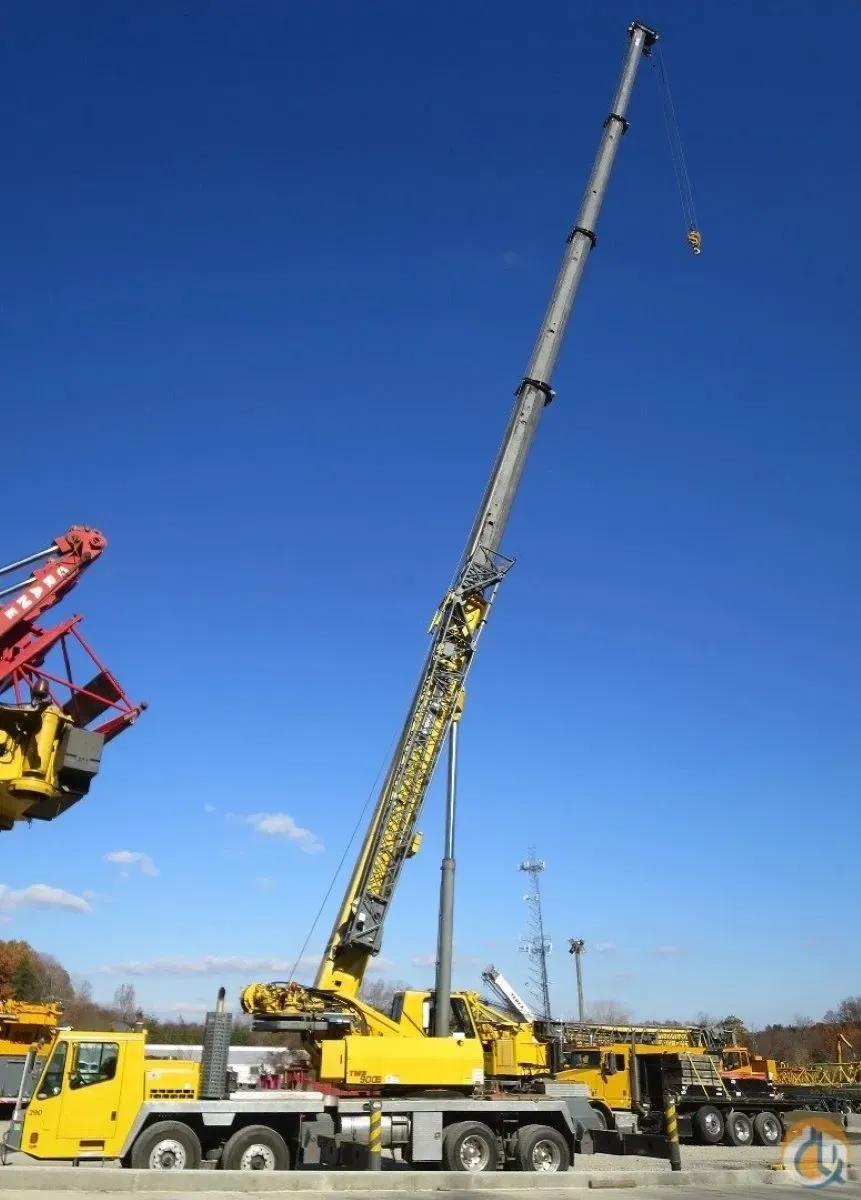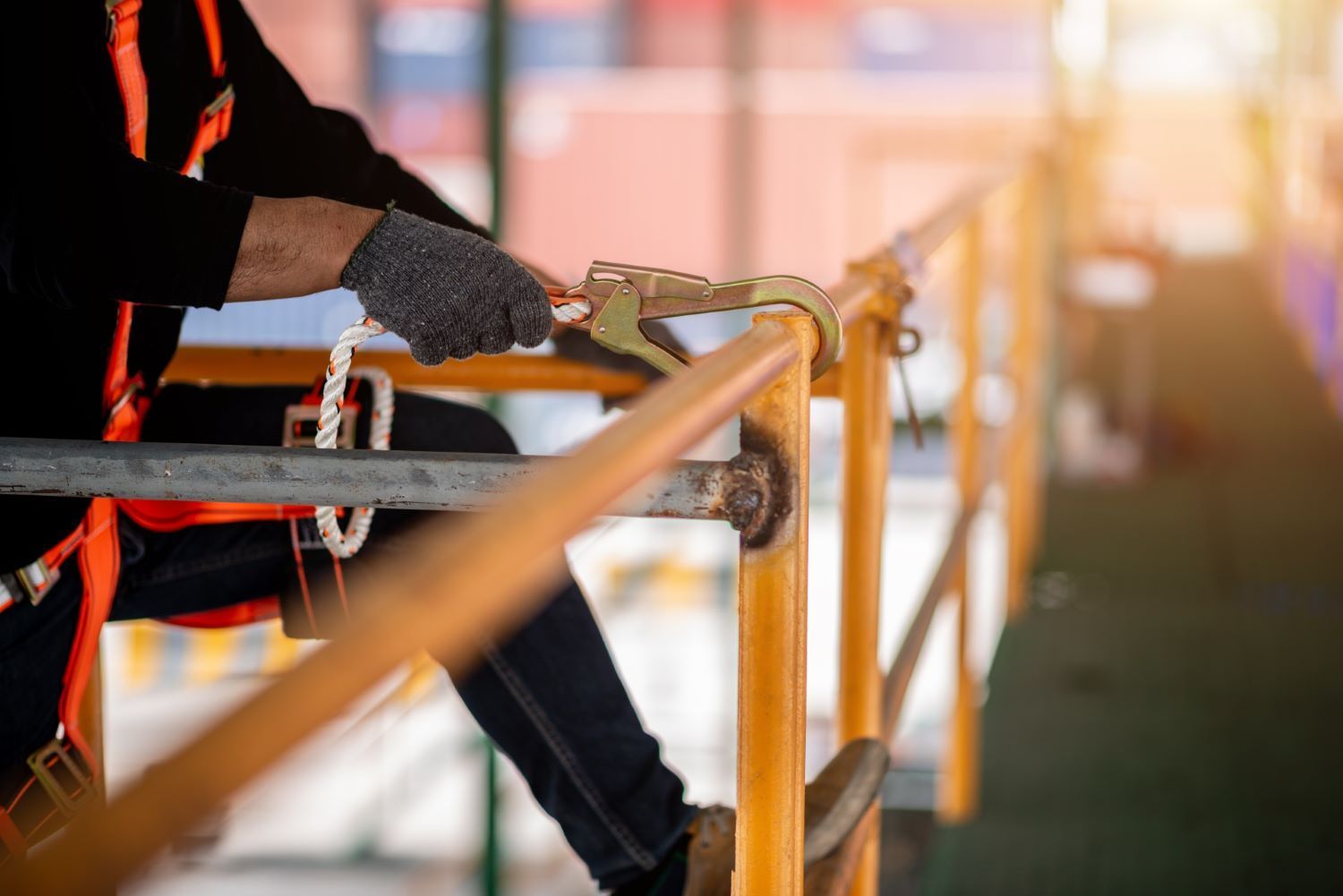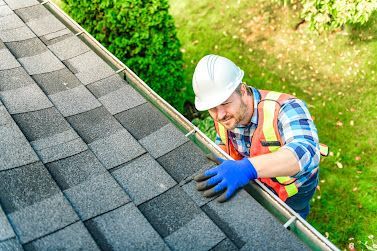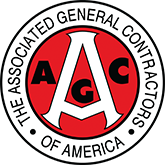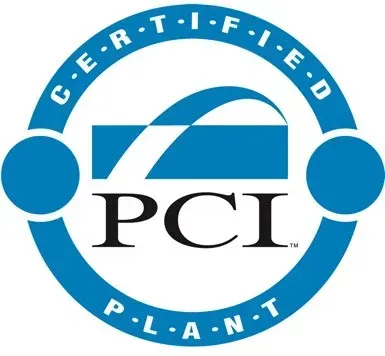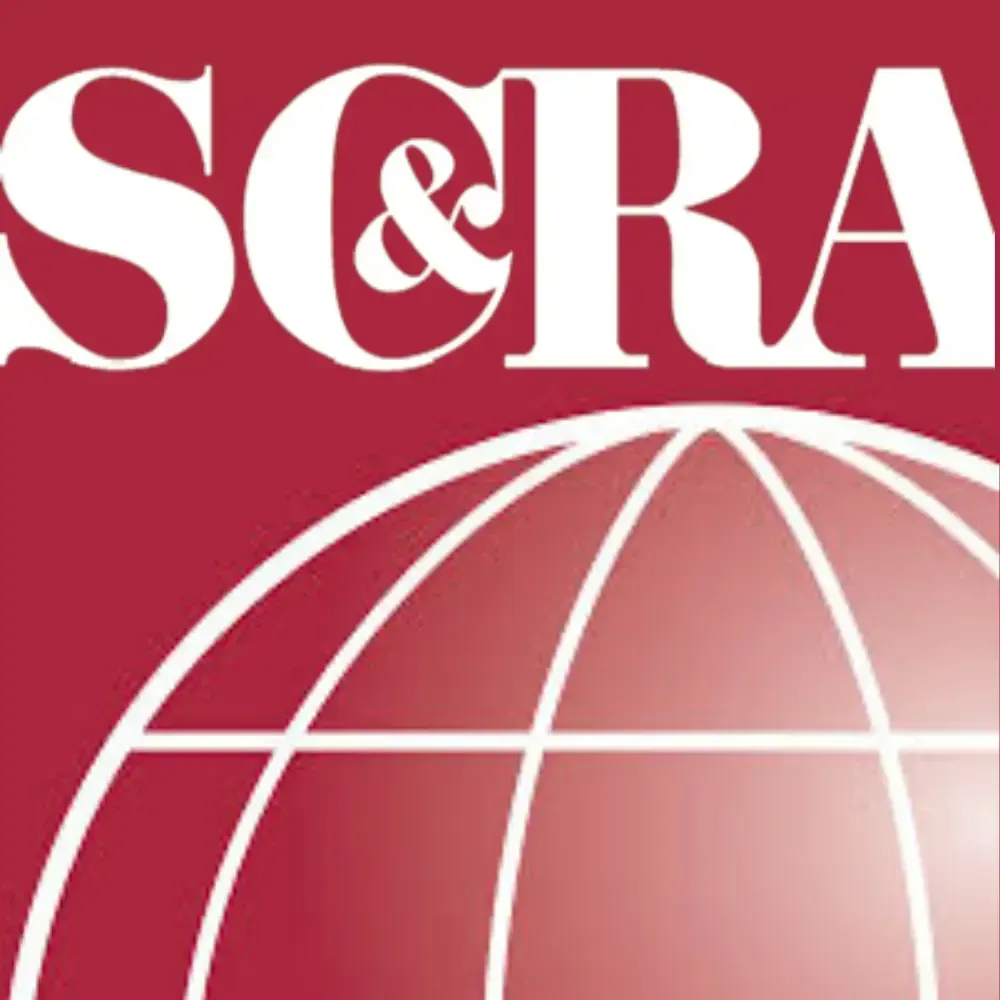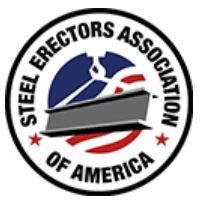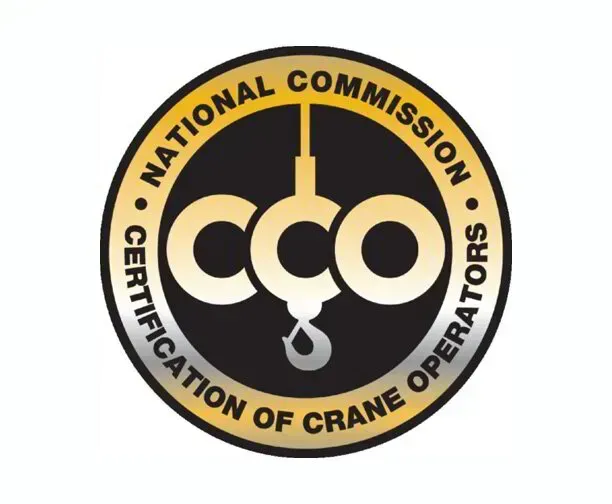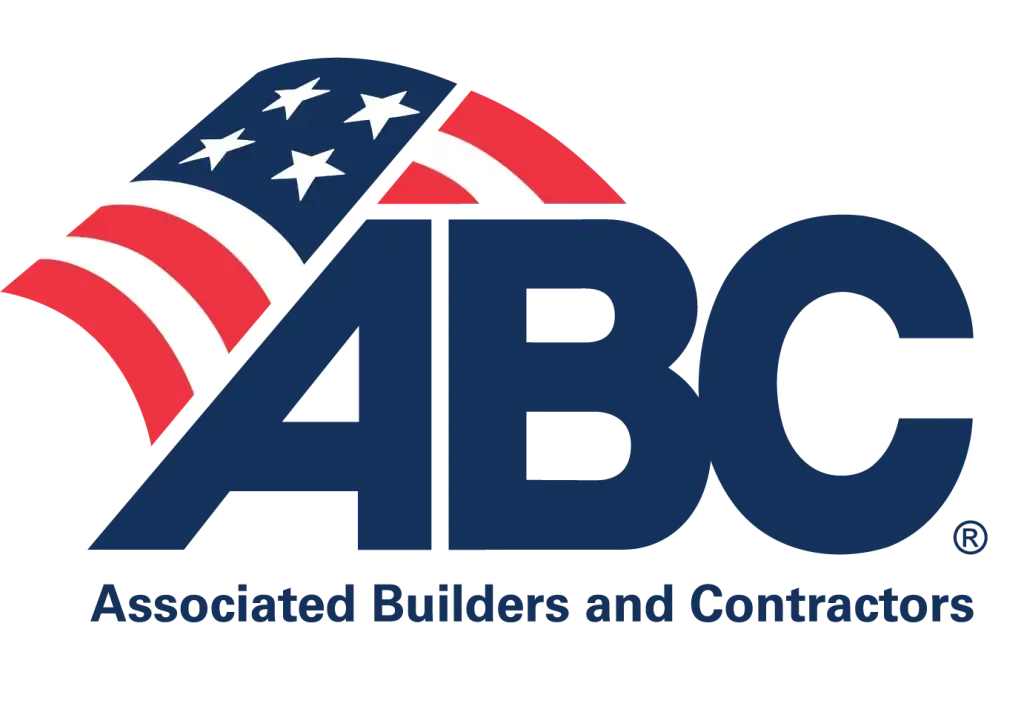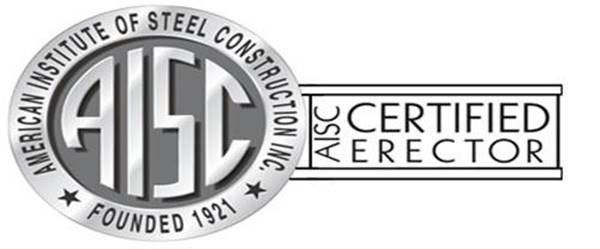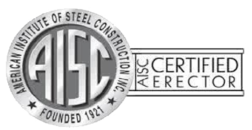By Mikenzie Melendez
•
March 18, 2025
Green building certifications provide measurable benchmarks for sustainability, encouraging developers to adopt eco-friendly construction practices. These certifications assess factors such as energy efficiency, resource conservation, waste management, and overall environmental impact. Here’s how structural steel plays a vital role in achieving these standards, offering benefits for your project. Structural Steel and Green Building Certifications Buildings that achieve certification benefit from lower operational costs, higher market value, and reduced carbon emissions, making them an attractive option for developers and occupants alike. LEED (Leadership in Energy and Environmental Design) Structural steel contributes to LEED points through its high recycled content, energy efficiency, and low-VOC coatings. It supports superior insulation, reducing energy use, while non-toxic finishes improve indoor air quality, meeting Materials & Resources and Indoor Environmental Quality standards. BREEAM (Building Research Establishment Environmental Assessment Method) Sustainability, resilience, and efficiency are given top priority by BREEAM. Structural steel aligns with these goals by reducing material waste, improving resource efficiency, and extending building lifespan. Its recyclability further minimizes environmental impact. Green Globes Structural steel lowers a building’s carbon footprint by enabling energy-efficient designs and optimized insulation. Its prefabricated nature reduces construction waste, while its durability minimizes future material consumption, promoting long-term sustainability. WELL Building Standard WELL focuses on occupant health and well-being, and steel contributes by improving air quality through non-toxic coatings. Its strength supports larger windows for natural light, while its resilience increases building safety and longevity. How Structural Steel Supports Green Building Initiatives Structural steel transforms sustainable construction by minimizing environmental impact, optimizing energy efficiency, and increasing building longevity. Its adaptability and recyclability make it an essential material for eco-conscious projects, reducing the carbon footprint of new developments. Reducing Waste and Promoting Recyclability Steel is one of the most recycled materials in the world, with nearly 100% of structural steel being reusable. Unlike other building materials, it does not degrade when recycled, maintaining its strength and quality. This reduces the need for virgin material extraction and minimizes construction waste. Additionally, prefabricated steel components help streamline the building process, leading to less on-site waste and more efficient material use. Enhancing Energy Efficiency While steel itself is a conductor of heat, advanced construction techniques integrate high-performance insulation, thermal breaks, and energy-efficient cladding systems to mitigate heat transfer. Steel-framed buildings with double-skin façades, reflective coatings, and insulated panels enhance energy efficiency. These features can lower heating and cooling demands by 20–40%. Extending Building Lifespan and Durability Structural steel resists fire, extreme weather, seismic activity, and corrosion when properly treated, ensuring a longer building lifespan with fewer material replacements. Galvanized or weathering steel coatings protect against rust and degradation, reducing the need for frequent maintenance. Additionally, steel's high strength-to-weight ratio allows for lighter, more resilient structures that withstand natural disasters better than traditional materials. Adaptive Reuse and Circular Economy Instead of demolition waste, steel components can be disassembled, relocated, or melted down for reuse without losing integrity. This supports circular economy principles, extending the life cycle of materials while reducing landfill waste. Many decommissioned buildings have been successfully converted into modern offices, industrial spaces, and mixed-use developments without requiring complete reconstruction. Supporting Green Roofs and Renewable Energy Integration Steel-framed buildings can support large-scale green roofs, solar panels, and wind energy systems due to their high load-bearing capacity. Green roofs improve insulation, reduce urban heat islands, and manage stormwater runoff, while integrated solar panel systems help offset a building’s energy consumption. Structural steel’s strength allows for expansive rooftop solar arrays, making renewable energy adoption more feasible. At American Aerial Services, we incorporate our expertise in structural steel construction with sustainable solutions tailored to your needs. Contact us to innovate your design and experience with us today!
